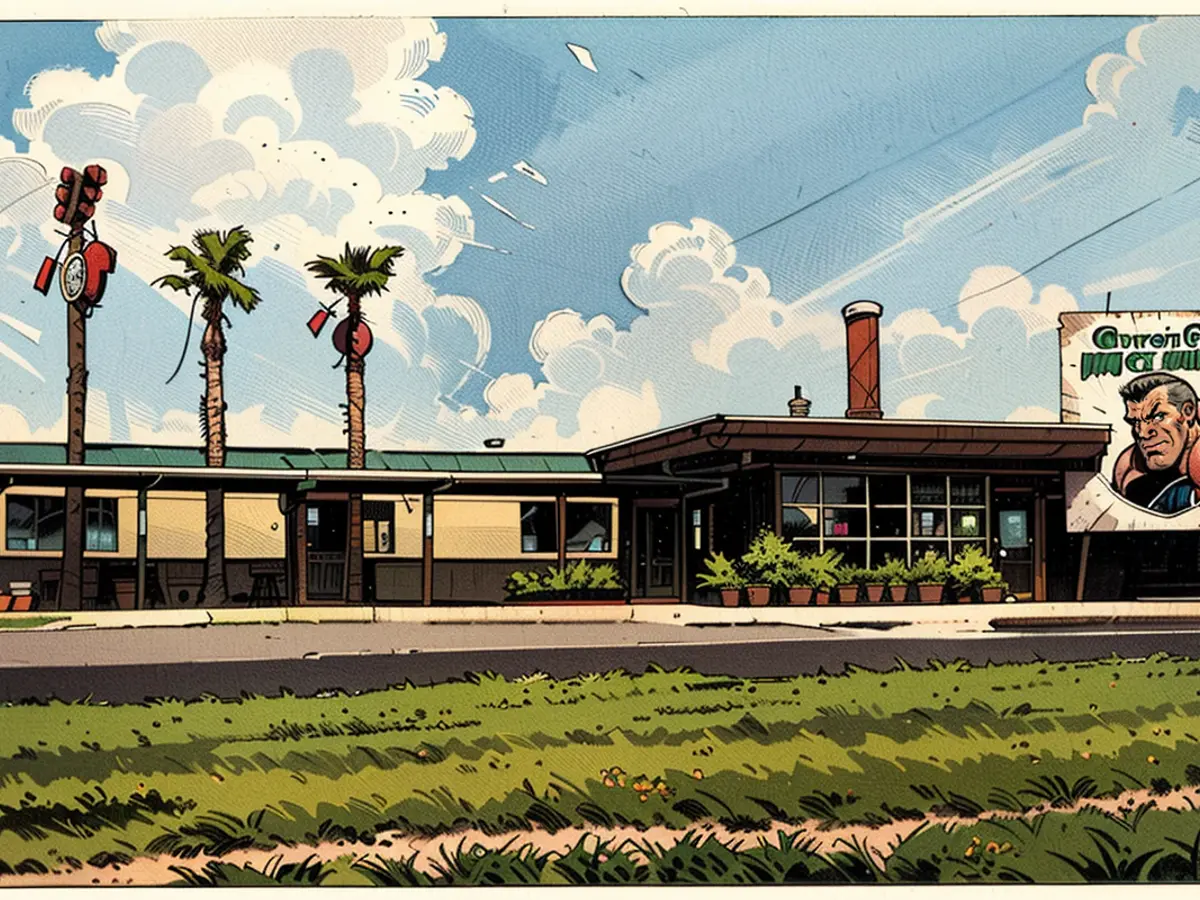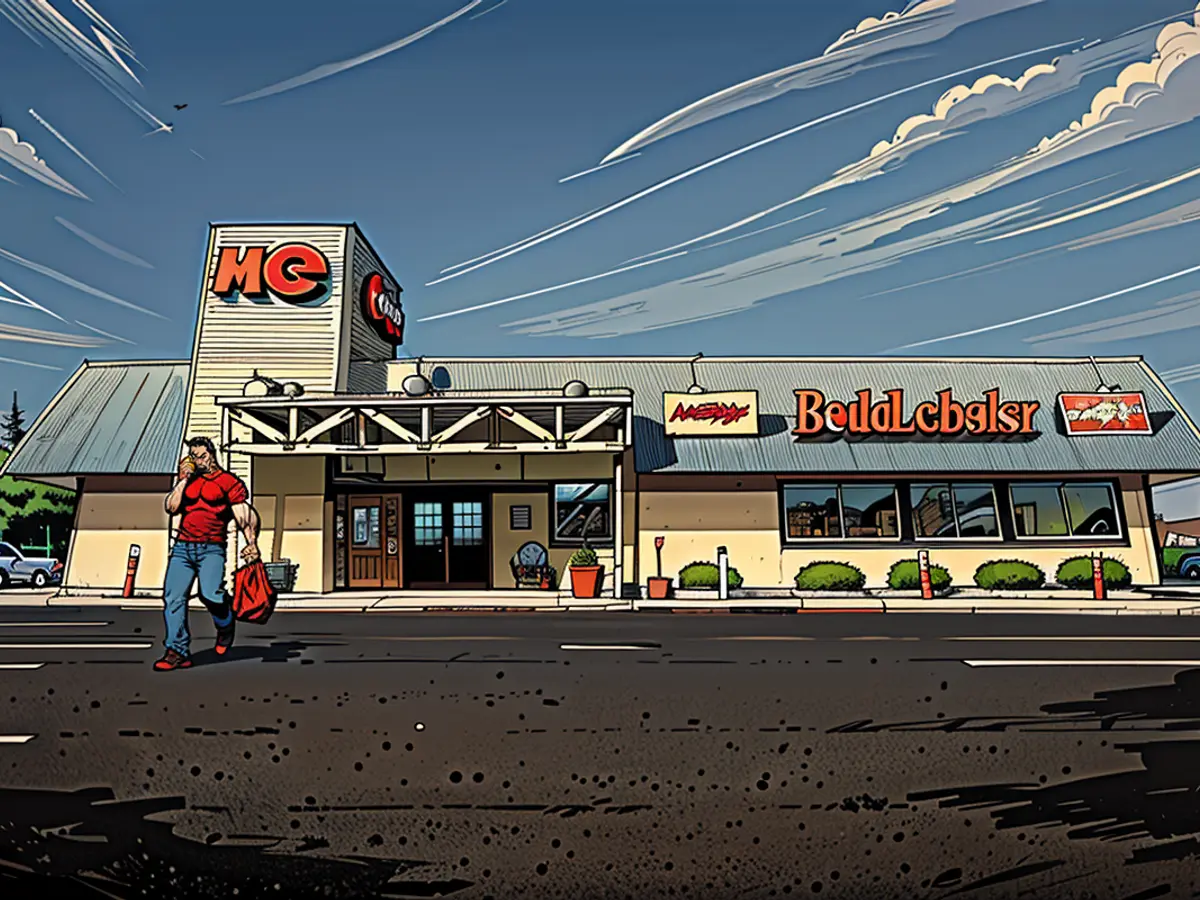Red Lobster's Overlooked Racial Background
The downfall of Red Lobster has shocked many African-American diners, who had built a loyal following with the brand. This demographic accounts for a greater share of customers compared to other major casual dining chains, according to historians, patrons, and former Red Lobster executives.
Clarence Otis Jr., the former CEO of Darden Restaurants from 2004 to 2014, when the company still owned the chain, told CNN that the company remained committed to its Black customer base - "many brands have attempted to distance themselves from this demographic."
Following Otis' appointment as CEO, the Sacramento Observer's Mardeio Cannon wrote, "It is only fitting that Red Lobster has a Black CEO, as it is the most beloved American restaurant among African Americans."
In a 2015 report to investors, Red Lobster revealed that 16% of its customers were Black, which was two percentages higher than the Black representation in the U.S. population. Red Lobster did not respond to CNN's request for information on its current customer demographics.
From its inception in the South during the late 1960s, Red Lobster hired Black workers and served Black diners. Notable Black figures, such as Chris Rock and Nicki Minaj, worked there before achieving fame. Minaj later humorously shared her dismissal from "all three or four" Red Lobsters in which she worked due to "Lobsterita" cocktays and "Cheddar Bay Biscuits" with late-night talk show host, Jimmy Fallon.
Beyonce's "Formation," a song focusing on police brutality, Hurricane Katrina, and Black culture in America, refers to taking a romantic partner to Red Lobster.
Red Lobster appealed to working-class and affluent African Americans during the 1970s and 80s when most sit-down restaurants were reluctant to welcome Black patrons. The chain's close proximity to shopping malls, a common trend during the Civil Rights Era, made it attractive to those seeking a fine dining experience without worrying about discrimination.

"The placement of Red Lobster outlets near shopping malls coincided with the opening of more retail options for African Americans after the Civil Rights Act of 1964," said Marcia Chatelain, a University of Pennsylvania Africana studies professor and author of "Franchise: The Golden Arches in Black America," which delves into the connection between the McDonald's franchise and Black consumers, in an email.
The Myth of Red Lobster as a Civil Rights Pioneer
Established by Bill Darden in 1968 in Lakeland, Florida, Red Lobster operated as a racially integrated restaurant from the very beginning.
While hiring and serving Black people wasn't particularly daring for Darden, it marked another step in racial progress for Black residents of Lakeland and the American South. In the early 1960s, civil rights activists in Lakeland picketed local businesses that denied entry to Black patrons, forcing them to integrate.
Red Lobster's integration pre-dated the passage of the Civil Rights Act in 1964, which required the desegregation of public establishments. However, numerous businesses still struggled to integrate at that time, and some chose to close rather than comply.
"Red Lobster was always very receptive to us," said Beverly Boatwright, an active participant in the sit-in movement in Lakeland while attending the city's all-Black high school. She was also a leader of the local NAACP chapter. "We never had any trouble at Red Lobster. There were other places where we did face challenges."

Despite the popular mythology of Darden as a civil rights pioneer, Red Lobster was not always a hit with Black customers in Lakeland. "It was not a spot we visited frequently in the early days," said Dwight, who graduated in 1968, the same year as Boatwright. "Most Black people in town didn't have the means to dine out. When they did, they preferred places owned by Black business owners or Morrison's, a cafeteria chain that integrated in the late 50s and had more Black employees."
In the confines of Darden's corporate narrative, his first restaurant, the Green Frog, opened in 1938 in Waycross, Georgia, openly welcomed all customers. Darden is often praised as a "social crusader" who stood up to segregation laws with his "defiance." Darden Restaurants mentions the Green Frog on their corporate website, yet former residents of Waycross recall that it did not initially serve Black customers.
According to John Fluker, a former Waycross mayor, Black employees handled food preparation, but Black patrons were not accepted at the Green Frog until much later. Waycross resident Horace Thomas shared that "they didn't open the doors for Black people; everyone was like that."
Red Lobster gained a positive image among Black customers by having a diverse staff when it first opened and later implementing advertising tactics to attract Black diners, as per historians and former executives.
The restaurant's friendliness earned the loyalty of Black customers who appreciated not only its tasty dishes but also the restaurant's recognition of their presence, said Beverly Boatwright. Red Lobster provided the chance to enjoy good seafood, which was considered a luxury back then.
Seafood gatherings, commonly known as outdoor fish fries, have been a significant tradition in Black communities since time immemorial, Robyn Autry, a sociology professor at Wesleyan University shared. The indoor dining experience at Red Lobster was similar to these outdoor fish fries but with the comfort and sophistication of a sit-down, menu-served meal. For many Black people, dining at Red Lobster showcased social status and represented a departure from outdoor fish fries.

Read also:
The business strategy of Red Lobster to place outlets near shopping malls during the Civil Rights Era attracted more African-American customers due to the convenience and non-discriminatory atmosphere.
Moreover, the commitment of Red Lobster to its Black customer base under the leadership of Clarence Otis Jr. helped the brand maintain a significant portion of its customer base, with 16% identified as Black in 2015.








